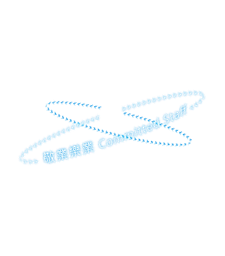Authors (including presenting author) :
Leung KK (1), Ting H (1), Ma CHO (1), Lau HKA (1), Lun KFK (1), Chan YFH (1), Wen YGG (1), Ng TKJ (1) , Chow LF(1), Chu YTC(1), Ho STT (1), Tsang K(1), Ng FLB (2), Fok WMM (3), Fang XSC(3), Chen HY(4)
Affiliation :
(1) The Hong Kong Tuberculosis Association - The University of Hong Kong Chinese Medicine Centre for Training and Research (Aberdeen), (2) The Chinese Medicine Department, Hospital Authority (3) Department of Orthopaedics and Traumatology, Li Ka Shing Faculty of Medicine, (4) School of Chinese Medicine, The University of Hong Kong
Introduction :
Prevalence of de Quervain’s Tenosynovitis (dQt) is estimated at 1.3% among women, and the public demand on alternative therapies as well as conventional treatment such as corticosteroid injection. Sinew Acupuncture (SA) is a new modality of acupuncture which is subcutaneous and transverse needling which reduces pain, sore, swelling sensations of acupuncture and make it more acceptable by patients. Movement of affected areas are allowed during treatment to assess and increase the therapeutic effects. The trial was funded by the Hospital Authority Chinese Medicine Department to enhance evidence-based Chinese Medicine development.
Objectives :
This study aims to evaluate the efficacy of SA in improving pain, disability and quality of life of dQt patients.
Methodology :
A randomised wait-list controlled trial was conducted. 49 dQt patients were co-diagnosed, recruited and follow-upped by western doctors and Chinese medicine practitioners. Patients in the treatment group received 5 SA treatments in 2 weeks and follow-up assessments after 6 weeks and 12 weeks. Patients in the control group received the same treatments and assessments after waiting and follow-up period for 6 weeks.
Result & Outcome :
Results: At week 2,after 5 times treatment, subjects had a significant decrease in VAS(mm): -23.9(-39.0%) compared to -8.9(-13.7%) (P=0.038) in control group, and a significant decrease at week 6 follow-up: -23.7(-39%) compared to +0.4(0.6%). At week 6,subjects had a significant increase in pinch strength (lbs) 1.77(26.7%) compared to 0.21(3.6%) (P=0.002), A significant decrease of Q-DASH score: -11.27(-18%) compared to increase 0.91(13%) (P=0.044) Outcomes: This interim analysis suggests that Sinew acupuncture could reduce pain and disability of dQt patients. SA is a potential alternative therapy to dQt that could be introduced to health care professionals.








